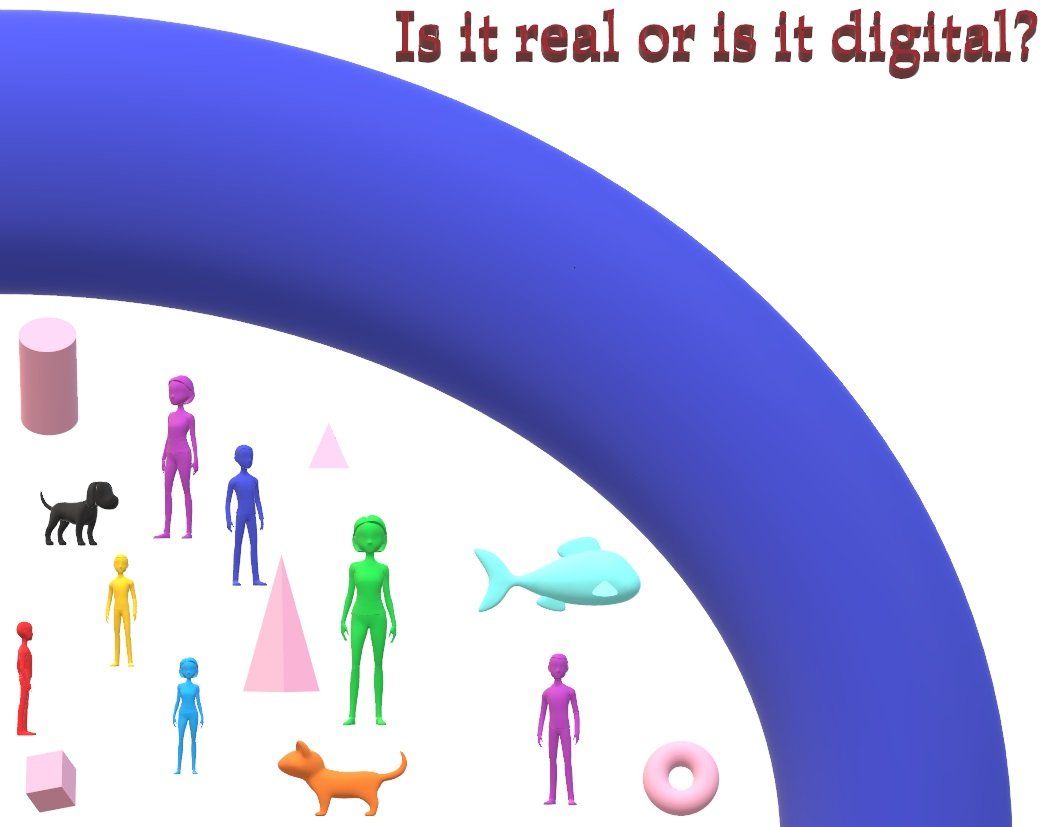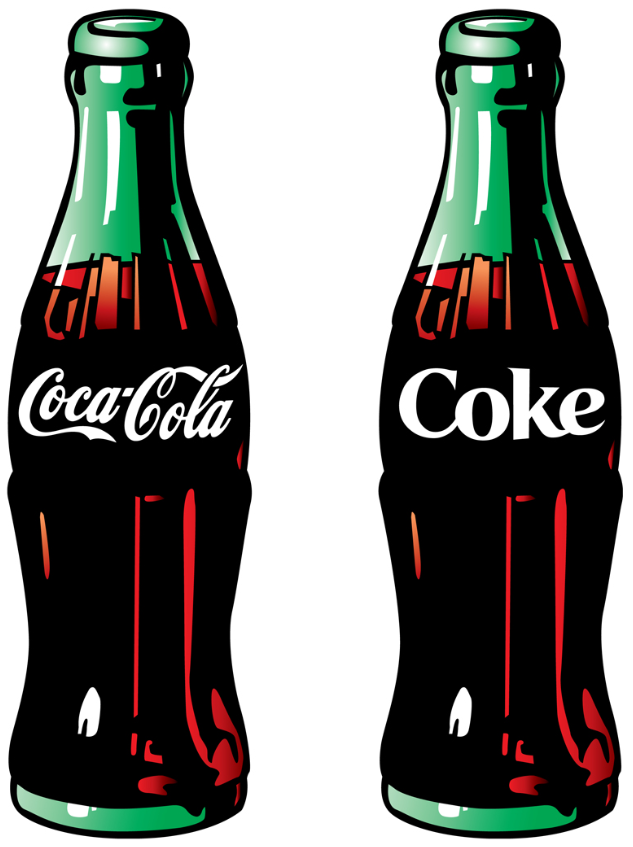OUR DISTURBING DIGITAL DILEMMAS
In the midst of our most delightful digital days we find ourselves facing our most disturbing digital dilemmas. At the very moment we are most concerned about journalism’s integrity, we realize that our digital technology is on the edge of a new era. Just as Photoshop has facilitated the creation of photographic pranks and fallacies, so too, our newest wave of technological development will create the same opportunities with video.
We are not merely referring to doctoring an existing video to make it appear that a person is saying or doing something that never actually happened (as inappropriate as that is in its own right), but we are referring to the creation of a brand-new video built from nothing other than imagination to make it appear that any chosen person is doing anything, all of which never actually happened. Ready or not, digital technology has opened up a new Pandora’s Box and the technology only becomes better with time. Writing in Scientific American (“Clicks, Lies and Videotape” October 2018, pp. 38–43), Brooke Borel reports:
“ The next generation of these tools may make it possible to create convincing fakes from scratch–not by warping existing footage, . . . but by orchestrating scenarios that never happened at all.
The consequences for public knowledge and discourse could be profound. ” (p. 40)
The proposed solutions to these kinds of disturbing digital dilemmas come via two technical countermeasures:
- Source Of Creation —Embedding unique digital signatures derived from the actual camera into every created video thereby guaranteeing authenticity.
- Evaluation Of Content —Automatically flagging any potentially fake video via a highly sophisticated system of artificial intelligence, algorithms, and various digital touchstones.
As one of the best comprehensive examples of the evaluation-of-content strategy, the Defense Advanced Research Project Agency’s leading program uses:
“ three broad approaches, which can be automated with deep learning. The first examines a video’s digital fingerprint for anomalies. The second ensures a video follows the laws of physics, such as sunlight falling the way it would in the real world. And the third checks for external data, such as the weather on the day it was allegedly filmed. ”
Thankfully, these and other similar solutions are already developing. This entire situation is analogous to the antivirus programs always trying to be one step ahead of the virus purveyors. However, it remains a race that never ends.
It also prompts two fundamental questions about how we live in this new world.
What Is Real?
The very fact that we have arrived at these disturbing digital dilemmas raises some fundamental questions related to how we perceive reality. Borel expands on the implications of this quandary:
“ Even if a viral video is later proved to be fake, will the public still believe it was true anyway? And perhaps most troubling: What if the very idea of pervasive fakes makes us stop believing much of what we see and hear—including the stuff that is real? ”
Back in my chemical research days, around the dawn of the digital age when digital photography was beginning to encroach upon traditional wet chemistry photography, I had a conversation with my father-in-law (who at the time happened to be a division director for Eastman Kodak Company). We were discussing the implications of the digital age for traditional wet chemistry photography and several other disciplines. Pondering the much larger societal outcomes, he made this statement that I have always remembered:
“ Some day people will simply not believe something unless they see it in digital form. Digital media will have become the new standard for authenticity. ”
His statement was incredibly ironic because today we have come to a place where people will simply not believe something precisely because it is in digital form (“fake news”).
What Is Ethical?
These kinds of dilemmas raise many ethical concerns and they all revolve around the core concept of authenticity. I see two different yet very important levels of ethical concern. One is the public relations challenges. When a public figure (or a private citizen) is victimized by this cybercrime, how it is managed from a PR standpoint will be a subject that demands careful scrutiny. People by nature tend to believe a video. Society has a new weapon of attack and it may require some new applications of traditional PR to navigate these situations successfully.
The second level is the personal one. If you become the victim, how will you choose to handle it? After all, a malevolent video-content creator can produce virtually any kind of reputation-damaging flick about you. As important as that debacle is on the PR level, even more important is your personal authenticity. Although any victim of this kind of crime will experience considerable pain, disruption, and stress, it is the person of integrity that will walk through it with an inner sustaining peace. Ultimately, anyone can make up anything about you and claim it is true, including claims against your integrity.
However, integrity is something that you either have or don’t have. It is known in your heart and seen in your actions. It is a part of your character. We all know of people that had pristine integrity yet were accused of horrible behaviors. That sad door is always open.
Therefore, regardless of the technology involved, on the personal level these kinds of attacks upon your integrity should be handled the same way that a person of integrity always handles them. It is fairly simple: you make your defense on whatever level is required and you let the evidence and your life speak for themselves. That is all you can do and that is all you must do.
Beyond that, on a deeper level, when you know that you are that person of integrity, then no image–no matter how well contrived–can harm your soul. That protection comes from within you and it will sustain you.
I close this article as I opened it: In the midst of our most delightful digital days we find ourselves facing our most disturbing digital dilemmas.
How will you respond?











